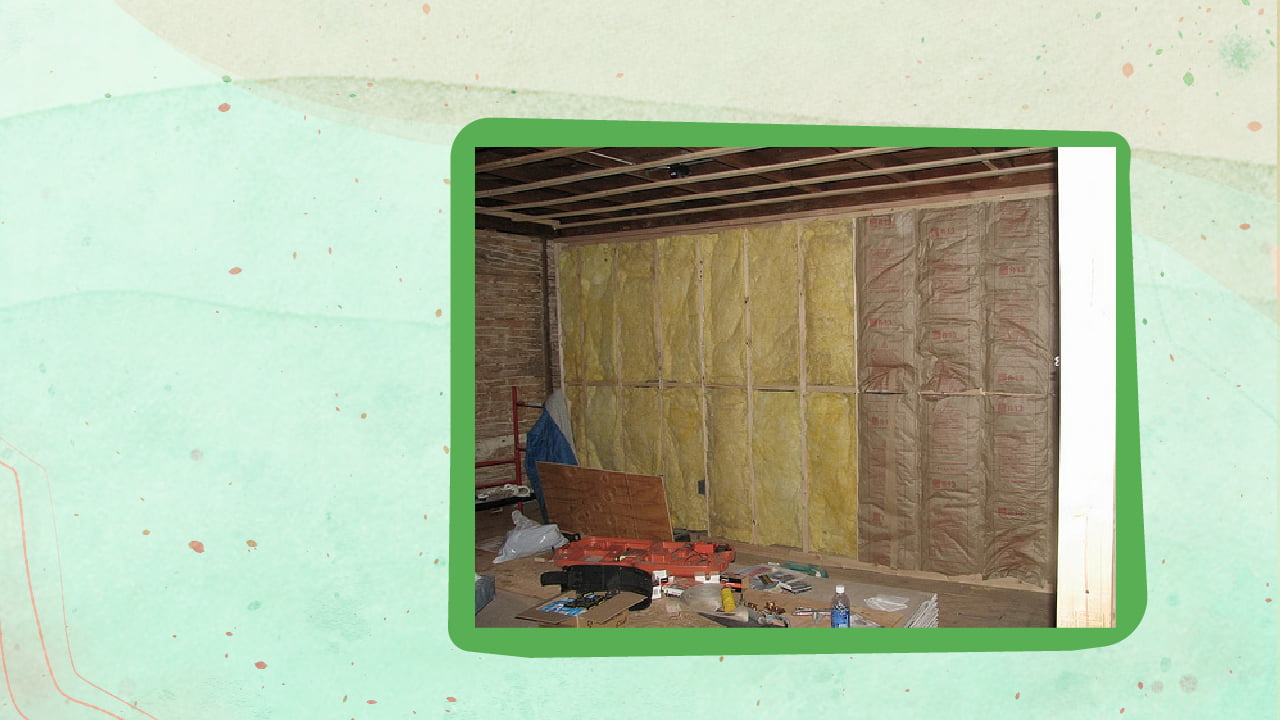How to Soundproof Existing Wall: 12 Methods That Work!
Installing an additional layer of acoustic drywall over an acoustic membrane between materials and closing all gaps with an acoustic sealant to block cracks and gaps in both new and existing walls is the most efficient noise reduction method but using resilient channels, applying blown-in insulation, or covering the entire wall with soundproof blankets and […]
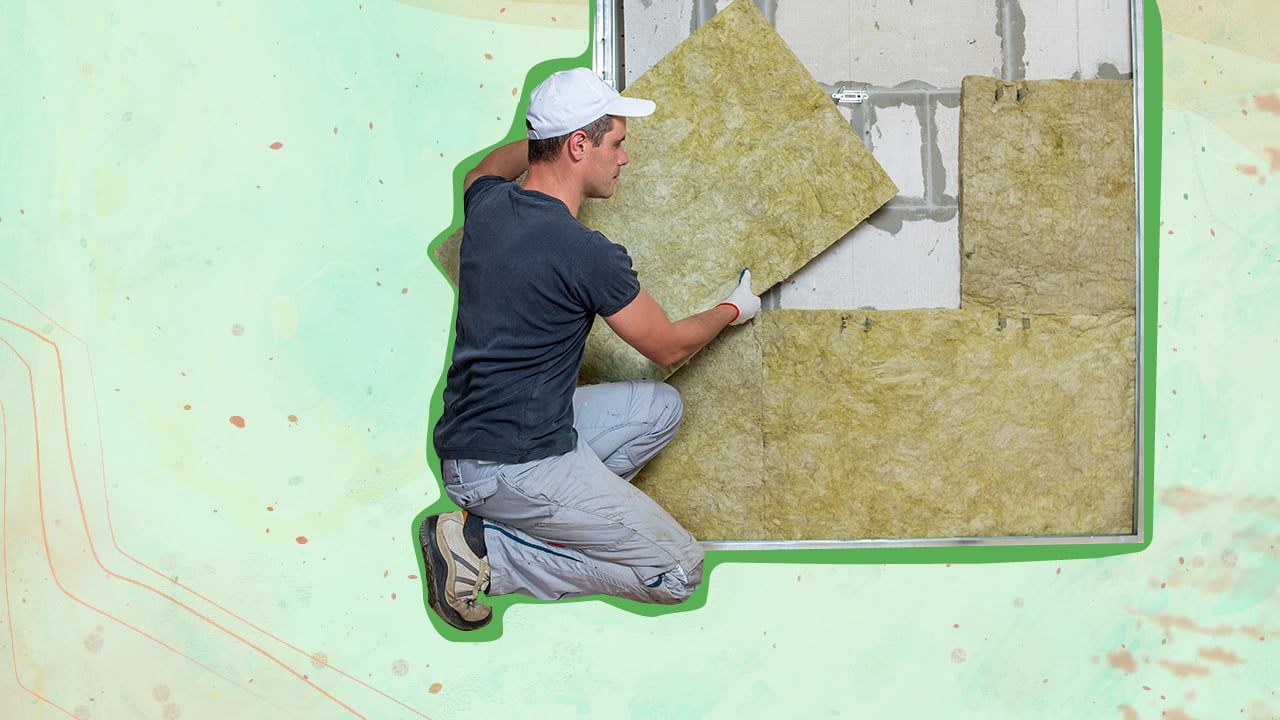
Installing an additional layer of acoustic drywall over an acoustic membrane between materials and closing all gaps with an acoustic sealant to block cracks and gaps in both new and existing walls is the most efficient noise reduction method but using resilient channels, applying blown-in insulation, or covering the entire wall with soundproof blankets and curtains are other common solutions known to reduce noise.
Whether you’re trying to get some shut-eye or working from home, a constant babble of noises from next door can become a source of frustration and affect your mental well-being. In such situations, the only sensible option is to soundproof existing interior walls through which the sound is heard.
My guide shares some of the best soundproofing methods by which you can do so!
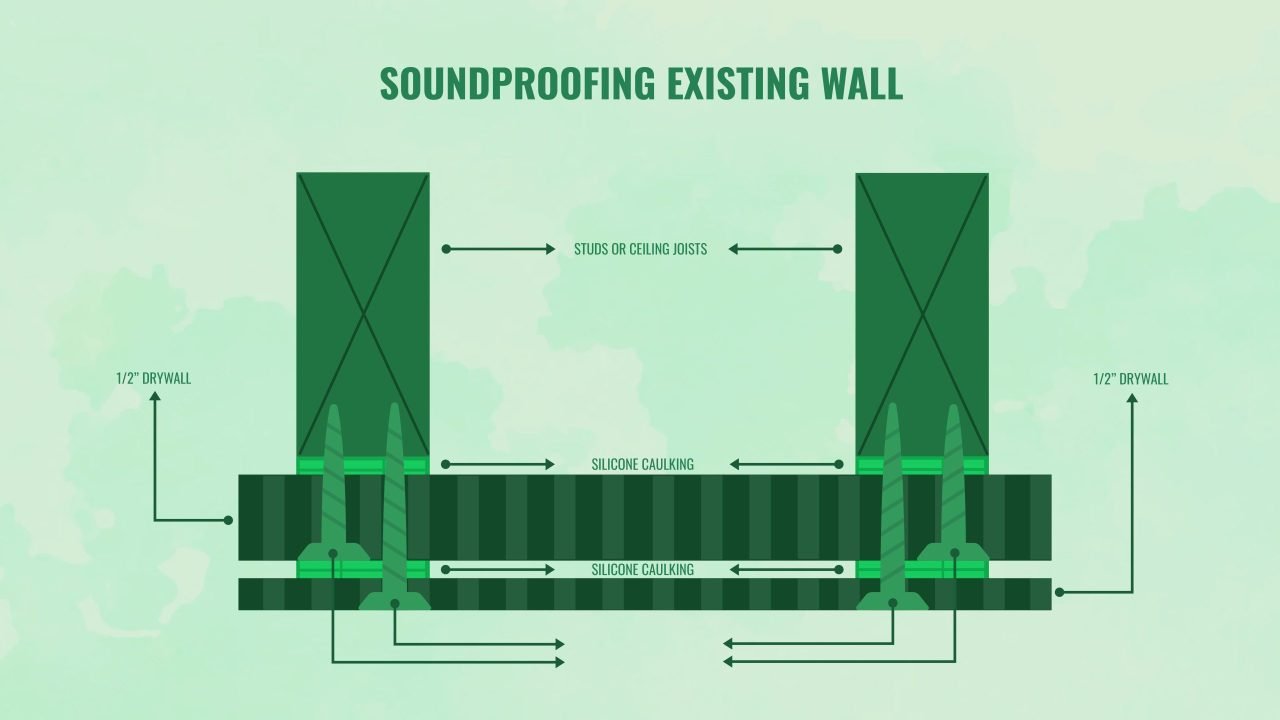
Learn How to Soundproof Existing Wall
Soundproofing Elements To Keep In Mind
To ensure your soundproofing methods work properly, you must know what factors affect their effectiveness. While most materials function independently, they can be used together to deliver the best results when you soundproof existing walls.
1. Blocking Or Reduction
Sound waves function by creating vibrations in objects, which may be solid, liquid, or gas. But how easily they can travel through various objects depends upon the mass. A larger and heavier object will have more mass and it will be more difficult for sound waves to travel through it.
Thus, a solid surface that is dense enough can reduce sound when placed in the path of the sound wave, preventing them from traveling from one spot to another. What’s more, the solid surface needs to be boxed in at either end to prevent diffraction. Further, complete coverage of the target walls is essential to ensure effective soundproofing.
2. Absorption
Certain materials have sound-absorbing properties that help reduce sound and one common example of such a material is the fiberglass insulation used in walls. However, sound-absorbing materials are most useful in blocking mid- and high-frequency sounds that do not have as much energy as low-frequency waves.
To block low-frequency sounds, you will need to use a larger quantity of the material. Absorption efficacy and thickness have a causal relationship as far as the frequency response of a panel is concerned. In case the existing walls are hollow, the air is trapped inside, which vibrates when sound is created from sources like your neighbor talking or from traffic.
You can use insulation materials with sound-absorbing properties, such as low-density cellulose, to prevent this.
3. Mechanical Decoupling
Since sound waves travel through surfaces, it is possible to reduce sound by decoupling them. When two surfaces are not in contact with one another, it makes it more difficult for sound waves to travel through them.
For soundproofing an existing wall, decoupling can be done by using certain materials, such as studs.
4. Sound Damping
Sound damping is the process of eliminating vibrations that are causing the sound and may be done using an external agent. Some of the best items for sound damping are compounds made using a viscoelastic adhesive.

Factors To Consider When Soundproofing Existing Walls
1. Budget
The first thing to consider is how much money you are willing to spend on soundproofing walls. A larger budget will allow more extensive techniques to be utilized, while a limited one will restrict you to more basic methods. That said, the effectiveness of the methods does not depend on their cost.
2. Time
Time is another factor that will determine what methods you can use to soundproof existing walls. Different methods require varying amounts of time, and some may take longer than others to complete.
3. Noise
Which soundproofing method will work best will depend to a large extent on the source and type of noise. It may be a high or low-frequency noise or may be temporary, and such factors will affect how you can approach the problem.
4. Tolerance
The final factor to consider is your tolerance to sound. If the sound does not cause significant disturbance, you can get away with using basic sound masking techniques. On the other hand, if it is hard to ignore, more extensive methods will be required.
Types Of Noises
Before you can start soundproofing walls in your home, it is important to identify the source and type of sound to be blocked. Generally, two types of noise can cause disturbances – structure or impact-based sound and airborne sound.
1. Impact Based Sound
Impact-based sound occurs when an object strikes another object and causes it to vibrate. These vibrations travel through various surfaces in the building, such as the walls, until they reach your ears.
2. Airborne Sound
In the case of airborne sound, you cannot feel the vibrations through various surfaces but can still hear the sound. Some examples include the voices of your neighbor talking next door or the sound of traffic from outside.
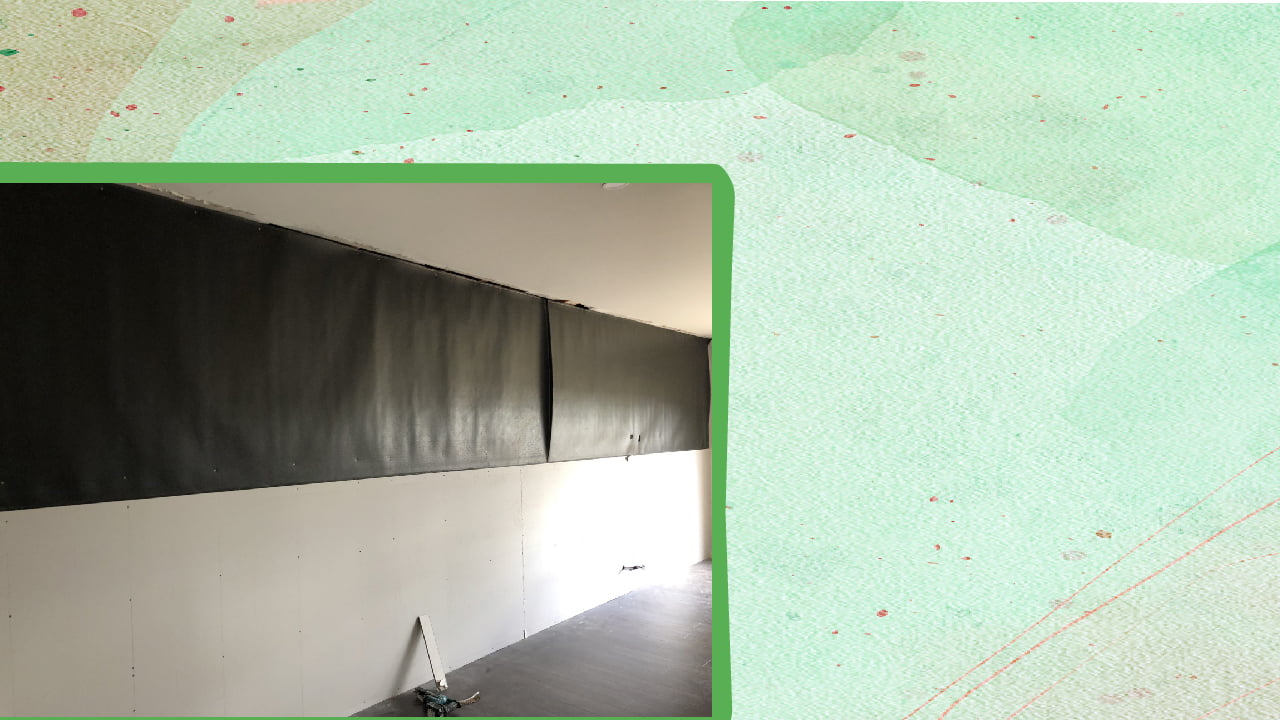
Soundproofing An Existing Wall – Best Techniques
1. Using An Acoustic Sealant
If your existing interior walls have cracks or holes, there is enough space for sound to pass through. To prevent that from happening, apply acoustic sealant or caulk in the holes to fill them, creating an airtight seal.
Apart from the cracks, make sure to apply the sealant around the edges of the walls. This will reduce both impact-based and airborne sounds from passing through those walls.
But in most situations, that will not be enough to drown out the noise completely since vibrations can travel through cracks and gaps in other surfaces. That is why you should look for such openings in windows, doors, and other areas of the room to seal them up.
Once the caulk has been applied, you need to seal up the light switches and electric fixtures as well, which will require plate insulation gaskets. These styrofoam pieces can be placed around the outlets to prevent vibrations from traveling through them.
When using caulk, just make sure not to use regular latex caulk since that does not have good sound absorption (acoustics) capabilities.
2. Using Green Glue To Install Another Drywall
Drywalls are easy to install and highly durable, which makes them suitable for construction or remodeling jobs. You can install additional drywall to separate the main wall, allowing sound waves to bounce off against the drywall.
However, before using this method, make sure to use sound insulation materials on the surface of the wall. Green glue is well suited for this purpose since it can be applied easily and is inexpensive. You need to apply it between the drywall layers so it can effectively absorb vibrations of low-frequency, such as construction noise.
Once the compound has been sprayed, attach the drywall and use acoustic caulk to fill up any cracks and gaps. Alternatively, you can use sheets of acoustic drywall that have a better sound transmission class.
3. Using Resilient Channels
This method works on the principle of decoupling and requires isolation clips or metal channels for superior noise reduction. Once installed, you will get a separate space within a room where sound cannot reach. After that, drywall can be installed to isolate this structure from the rest of the room. This makes it much more difficult for sound waves to travel through.
Isolation clips used for this purpose usually come with rubber feet that can absorb sound vibrations. You can even apply some insulation and acoustic caulk in the space to further reduce incoming sound and keep the room quiet.
Using resilient channels can be very effective if you want to soundproof walls, but it is one of the more expensive methods. And it will require a lot of effort since the existing drywall will need to be removed before the channels can be installed.
4. Applying Blown-In Insulation
Another method that utilizes the principle of sound absorption is the application of blown-in insulation. Blown-in insulation is a material similar to foam that can be blown into your wall with the help of a blower machine for noise reduction.
This low-density cellulose insulation traps air pockets in the wall, thus reducing echoes generated from airborne noise. The advantage of using this material is that it is completely non-toxic, is manufactured after recycling, and is fireproof.
On the other hand, if you have limited time, using fiberglass may be a better option since it dries quickly without any heat. Installing blown-in insulation can also be quite complicated, so it is best to get it done through a professional.
5. Hanging Soundproofing Blankets
Soundproof blankets can also be used for noise control since they are good at absorbing sound waves from walls and work just like foam panels.
To put up the blankets, use heavy-duty adhesive hooks or curtain rails. This method is easier than those that require decoupling your walls or using acoustic tiles and is not as invasive.
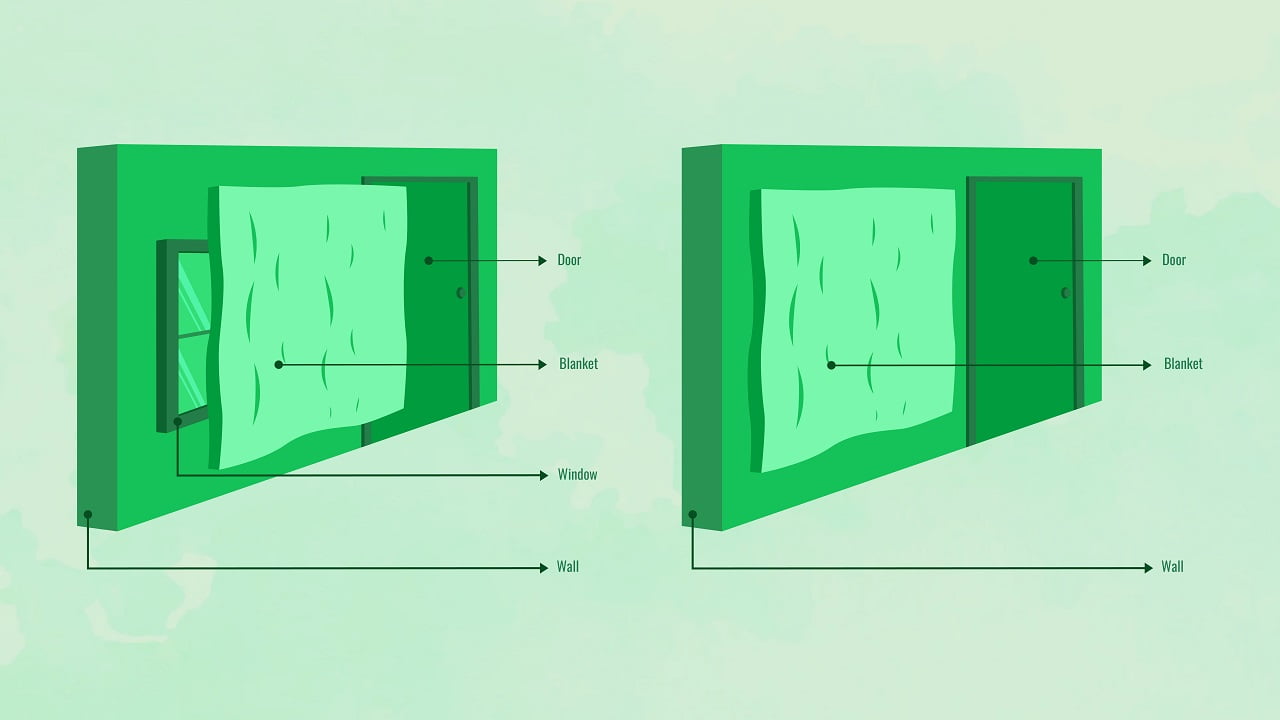
A soundproof blanket absorbs vibrations rather than reducing them, and its effectiveness depends upon its weight. Heavier blankets work better for soundproofing purposes than lighter ones. Generally, such blankets may not be able to block out noise completely, but their foam can absorb sound waves and prevent them from bouncing off walls.
6. Using Mass Loaded Vinyl
Mass-loaded vinyl is a highly dense material made of polyvinyl chloride similar to natural rubber and is often used for sound masking. The extra mass can be very effective in blocking out sound to create a quiet space. It is also very flexible and environment-friendly and provides an additional layer over the walls for sound reduction.
MLV is a popular option as it prevents sound vibrations and waves from traveling through the walls. To use mass-loaded vinyl, install a double-layer drywall on top of it horizontally or vertically using a screw or nail. Then, apply an acoustical sealant to the seams to seal them and complete the drywall installation.
7. Applying Soundproof Paint
While it is not the most effective method, using sound dampening paint is another option worth trying out. It can add additional mass to dampen the sound waves and reduce noise easily. You can even find soundproof paints that contain latex, which offers the additional advantage of preventing sound waves from bouncing around the room.
When using soundproof paint, keep in mind that it is most effective in reducing high-frequency sounds rather than low-frequency ones. This means noises, such as that of an airplane, chainsaw, etc., can be insulated very well.
Also, when using soundproof paint, conducting proper research regarding the brand is recommended since it is not as commonly used as acoustic foam tiles or MLV.
8. Rearranging The Furniture
An empty room can make it easier for sound to travel through walls, so filling it with items can reduce noise without any high-end soundproofing materials. But this method will also not be as effective as mass-loaded vinyl or decoupling.
The easiest way to reduce sound is by adding or rearranging the furniture in the room. Chairs, tables, sofas, and other furniture can help prevent sound waves from reaching the walls, but you need to locate walls that are most exposed to noise.
In most cases, the interior walls require soundproofing since they are thinner than exterior walls. Heavier and thicker furniture, like a bookcase, wardrobe, or armchair, work well to block noise since they have a lot of mass.
Additionally, consider placing a rug or carpet on the floor to reduce the amount of sound that travels through the flooring.
9. Using QuietRock
QuietRock is a relatively new type of drywall developed especially for removing unwanted noise in a room. This method is similar to the one where you install an additional drywall layer but requires the use of QuietRock instead of drywall.
One sheet of QuietRock is as effective as four sheets of regular drywall. You can install QuietRock by screwing it onto the existing drywall, while applying Green glue between the layers will help you get even better results.
10. Installing Acoustic Foam Panels
Acoustic panels made from foam are designed to block noise, which they do by absorbing sound waves. These panels are often used in recording studios to ensure minimal interference from unwanted sounds. Hence, they are available in various thicknesses ranging from one inch to four inches as well as multiple color options.
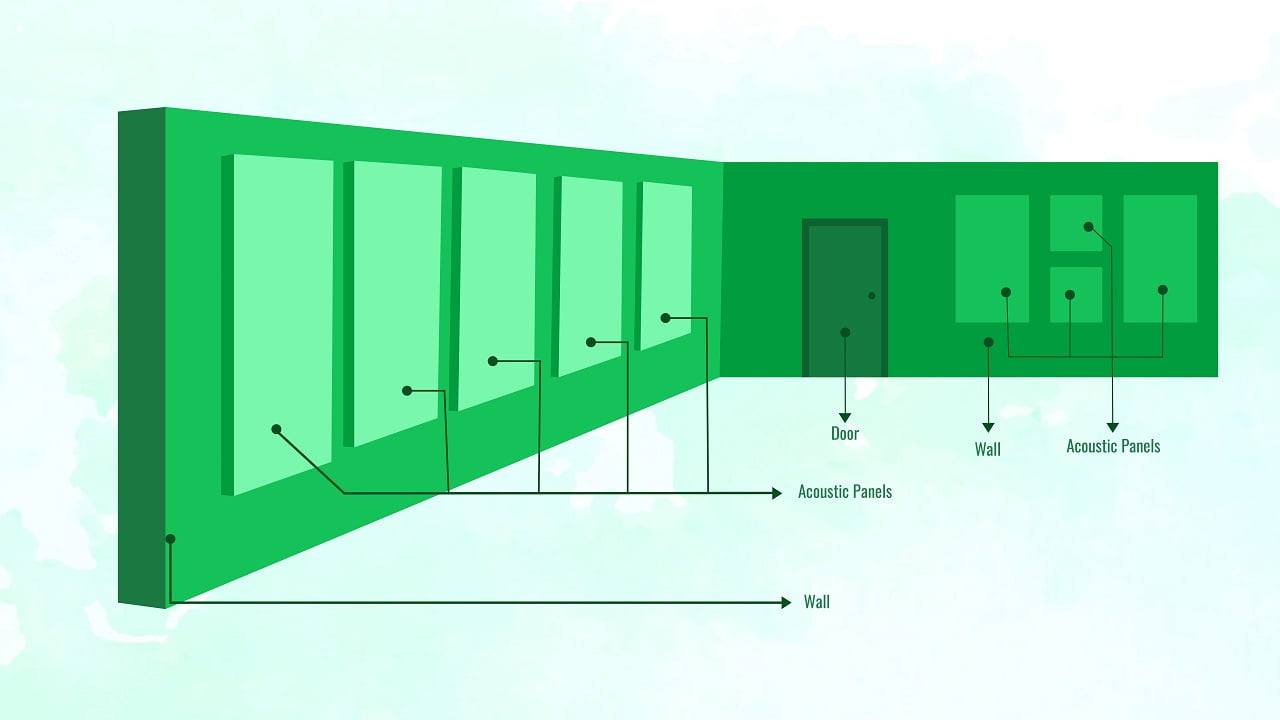
To install acoustic foam panels, you need to use a special adhesive, which makes the process quick and simple. Aside from preventing sound from traveling through walls, acoustic foam panels can help improve the acoustics of any room.
11. Hanging Acoustic Fabric Panels
Like acoustic foam panels, you can use fabric panels which are great at sound absorption and are also aesthetically attractive. Acoustic panels can absorb vibrations easily, which makes them a good option for improving the acoustics of a room.
You can hang these panels in various arrangements as needed for absorbing ambient noise within a room. They can even be used on top of the wallpaper, along with other sound reducing measures, to keep a room insulated against sound.
12. Using Soundproof Curtains
If you want a quick and easy soundproofing solution, consider using soundproof curtains close to your walls. These curtains are available in various designs and colors, can easily be hung using regular curtain rods without much effort, and keep a room relatively quiet.
Multiple curtains can also be used in a space and you can remove them when needed. Soundproof curtains can be placed in front of glass windows to reduce the sound coming from the other side, or use them as room dividers. And since these textile fabrics are available in various patterns, colors, and prints, you can find one that matches the decor of the room.
Tip
When soundproofing walls, keep in mind that sound energy can enter a space through other areas as well, such as doors, windows, and even the ceiling. You can use solid core doors or a dropped ceiling to ensure silence in a room.
Soundproof Existing Wall Conclusion
These were some of the best Do-It-Yourself soundproofing techniques for existing walls without removing drywall. They do not require a big budget, and most of them can be completed within a short period of time.
However, since houses vary in their design and construction, not every method will prove suitable. But many of the methods in this guide can be adjusted and customized easily depending on the situation.
It is also a good idea to try out multiple methods of soundproofing rather than relying on a single one since the chances of success are higher.

